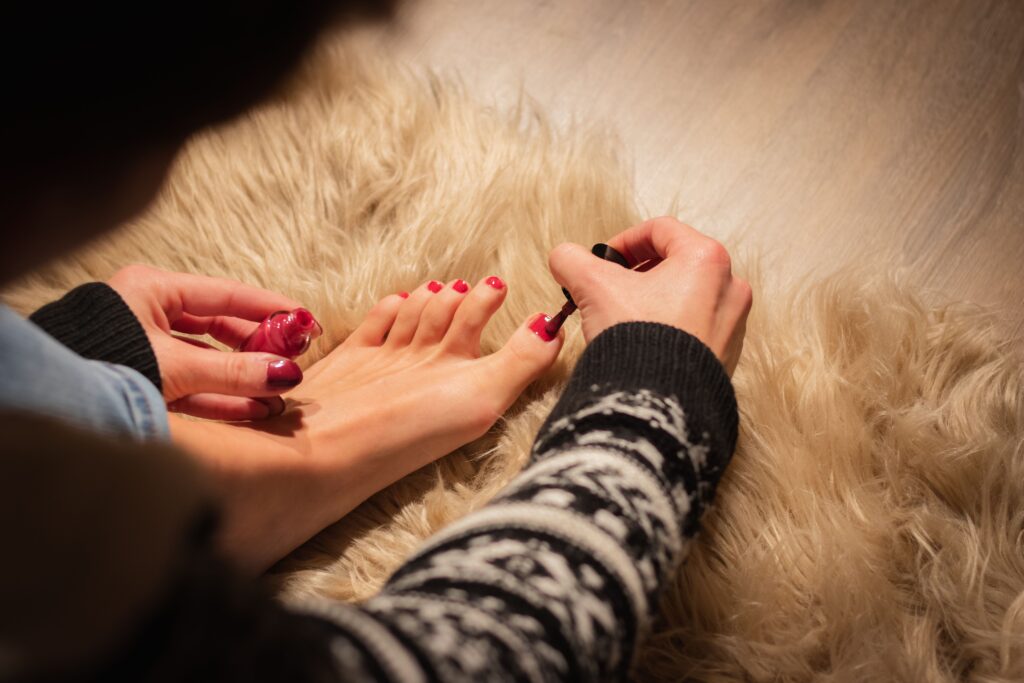The term “furry nails smell” might sound bizarre, but it refers to a distinct, often unpleasant odor linked to nails that have developed a rough, brittle, or “fluffy” texture. This phenomenon, sometimes called “fluffy nails”, is more than just a cosmetic issue—it’s often a sign of underlying health or hygiene problems. The odor can range from mildly musty to shockingly foul, with some people comparing it to poop, sulfur, or rotten eggs. Below, we break down why fluffy nails develop this smell, what causes the specific odors, and how to address it.

What Are Furry Nails?
Furry nails are nails that appear frayed, brittle, or “fuzzy” at the edges due to damage to the keratin structure. This texture creates tiny crevices where moisture, bacteria, and fungi thrive. Common causes include:- Overexposure to water or chemicals (e.g., frequent handwashing, nail polish remover).
- Nutritional deficiencies (e.g., low iron, biotin, or protein).
- Trauma (e.g., aggressive filing, gel manicures).
- Health conditions like psoriasis or fungal infections.
Why Do Furry Nails Smell So Bad?
The foul smell linked to furry nails is primarily caused by microbial activity. When nails become damaged and porous, bacteria and fungi colonize the area, breaking down keratin and skin debris. This process releases volatile organic compounds (VOCs), which produce strong odors. Two key culprits explain the specific scents:1. Why do Furry Nails Smell Like Poop?
Anaerobic bacteria (e.g., Pseudomonas aeruginosa) thrive in low-oxygen environments, like the gaps under damaged nails. These microbes produce compounds such as skatole and indole—the same chemicals found in feces. Additionally, when bacteria break down sweat and skin oils, they release isovaleric acid, which has a cheesy, foot-like odor.
2. The Sulfur or Rotten Egg Smell
Fungal infections (e.g., onychomycosis) or certain bacteria metabolize sulfur-containing amino acids in keratin. This releases hydrogen sulfide—a gas notorious for its rotten-egg stench. The same compound is responsible for the smell of volcanic vents or spoiled sewage.Real-Life Stories: When Fluffy Nails Cause Awkward Moments
The smell of fluffy nails isn’t just theoretical—it’s caused real-world drama. Here are three cringe-worthy (but fixable!) scenarios:1. The Gel Manicure Disaster
Jenna, 28, booked a gel manicure for her best friend’s wedding. When her nail tech began removing her old polish, a pungent, sulfur-like odor filled the room. “It smelled like someone cracked a rotten egg,” the tech later admitted. Turns out, Jenna had been layering gel polish for months without breaks, weakening her nails into a “fluffy” state. Trapped moisture and bacteria had thrived under the damaged layers. The salon refused to redo her nails until she treated the infection with antifungal creams.2. The Gym Shoe Secret
Marco, 35, noticed his toenails felt “thick and fuzzy” after months of wearing tight running shoes. During a pedicure, the esthetician recoiled at a poop-like smell wafting from his feet. Marco had developed a bacterial infection from sweaty, unwashed gym socks. His nails were so damaged they’d begun crumbling at the edges. The salon recommended antibacterial soaks and breathable footwear—plus a strict “no-shoe-sharing” rule for his basketball team.3. The Bridesmaid’s Nightmare
At a bridal salon, Sarah, 31, tried on strappy heels for her sister’s wedding. As she slipped them off, a fellow bridesmaid gagged at a foul odor lingering in the air. Mortified, Sarah realized her toenails—damaged by years of acrylic pedicures—had developed a fungal infection. The combination of fluffy nails and shared shoes created a perfect storm of hydrogen sulfide stench. She skipped the heels, opted for antifungal pills, and later restored her nails with biotin supplements.Contributing Factors to the Odor
Several habits and conditions worsen fluffy nails’ smell:- Poor hygiene: Infrequent washing or improper drying leaves nails damp.
- Tight footwear: Traps sweat, accelerating bacterial growth on toenails.
- Nail products: Gel polish or acrylics can trap moisture and weaken nails.
- Immune issues: Diabetes or poor circulation heighten infection risks.
How to Fix (and Prevent) Furry Nails Smell
Addressing the odor starts with treating the root cause:1. Improve Nail Health
- Trim and file gently: Avoid over-filing fluffy edges, which worsen texture.
- Moisturize: Use cuticle oil to strengthen keratin.
- Supplements: Biotin, iron, or collagen may improve nail strength.
2. Combat Microbes
- Antifungal treatments: Over-the-counter creams or prescription oral meds for infections.
- Antibacterial soaks: Diluted white vinegar or tea tree oil soaks kill odor-causing bacteria.
- Disinfect tools: Regularly clean nail clippers and files.
3. Adjust Habits
- Dry thoroughly: After washing, dry nails completely.
- Wear breathable shoes: For toenails, choose moisture-wicking socks.
- Take nail polish breaks: Let nails recover between manicures.
When to See a Doctor
Persistent odor or nail damage could signal a serious infection or systemic issue. Seek medical help if you notice:- Thickened, discolored nails (yellow/brown).
- Pain, swelling, or pus.
- No improvement after 2–3 weeks of home care.



